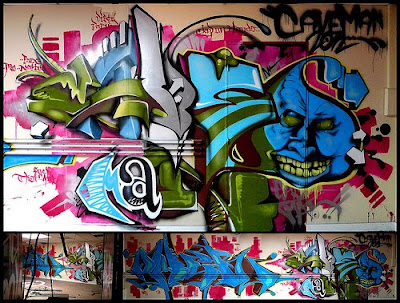


traditional japanese art
Japanese Traditional Art
Whether it is the Japanese paintings or pottery, Japanese traditional art is vivid and has its own beauty. Here’s a look at some of the different types of Japanese traditional art that reflect the rich history and culture of the place.
Japanese Traditional Art
Japan has always been known for the various forms of beautiful art that is seen out here. The Japanese have managed to retain their own aesthetic lookout while merging foreign influences as well. There was a time when Japan was invaded by ideas that came from outside and there was also a time when the Japanese rarely had any contact or influences from places around the world. Japanese traditional art can be seen in various forms, which the Japanese artists have used to express through various mediums.
When one mentions Japanese traditional art, one can see that it can encompass a whole lot of mediums of expression. Japanese traditional art can include the beautiful Japanese paintings, the exquisite Japanese pottery, the artistic Japanese sculptures and the traditional art extends to the art of flower arrangement known as the Ikebana and Origami which is the art of folding paper. Here’s a look at the various forms of Japanese traditional art that has mesmerized people for years.
Japanese Traditional Art: Painting
Japanese paintings are unique in their own way and have certain characteristics about them as well. This is also the oldest of the Japanese traditional arts. One can see a wide range of styles under Japanese art. This is a combination of traditional Japanese ideas and influences from outside as well.
The various periods in the history of Japan also had certain influences over the Japanese traditional art forms. Beautiful murals were the most significant forms of art during the Nara period. These were seen on the walls of the temple of Horyu-ji in Ikaruga , Nara. Here, the style of the paintings was quite similar to the Chinese paintings. Most of the paintings of the Nara period depicted religious beliefs and stories.
As time passed, one could see various images of the Mandala gain prominence in Japanese art. With Japanese Buddhism on the rise, one could witness new genres being added to the traditional Japanese art. Chinese art slowly disappeared from the scene by the mid-Heian period. This period saw many artists incorporate religion into their paintings.
The 14th century witnessed the Zen monasteries make a strong impact on Japanese art. Ink painting was introduced from the Sung and the Yuan dynasty. The Zen artists gradually moved away from the Chinese style of painting and monochrome landscape paintings gained prominence. This took on a more of a Japanese style in the Muromachi period and towards the end of this period, the ink paintings gave way to a decorative style of art.
Traditional Japanese art also saw the use of gold and silver foil in the Azuchi-Momoyama period. Monumental landscapes adorned the sliding doors and wall paintings decorated beautiful castles. A number of new trends came to the surface during the Edo period. The Rimpa school that was seen during this period were known for their classical themes which were depicted in a very bold fashion with a decorative style.
Western art gained prominence during the Meiji period. Due to the efforts of certain art critics, traditional Japanese art saw a revival during this period especially the Nihonga art. With time, Japanese art also saw many changes in the various art styles.
Today, modern artists have gone towards new themes and abstract paintings as well. The traditional Japanese art style called the nihonga is still represented in various modern ways by artists.
Japanese Traditional Art: Pottery and Sculpture
The earlier forms of pottery seen in Japan were coil made and decorated with rope patterns, which were impressed by hand. Many artists studied the traditional methods of glazing in order to prevent the native styles from disappearing from the scene. Various styles of the Japanese pottery evolved which were initially created by Korean potters. Classic wares were crafted in numerous areas of Japan by the end of the 1980s. Dragons and floral designs adorned the Arita porcelain. The bizen ware was easily distinguishable by the reddish brown color and the ironlike hardness.
Japanese sculpture is beautiful in its own way and has its main focus on Buddhism. Different periods also saw the emergence of various styles of this art form. In the initial stage, materials such as metals and wood were used for the Japanese sculptures. The ancient dogu and the haniwa figures were made of clay. These also had a story behind their form and creation.
The most important and significant Buddhist sculptures belonged to the Hakuho art period. The earlier styles of the sculpture saw a change and features became more softened in their appearance.
Towards the modern times, new ideas and materials were put into use for Japanese sculpture. Outdoor sculpture also became an important feature. These are used in parks and as a part of landscape design. The 1980s saw the use of natural materials being made for Japanese sculptures.





















